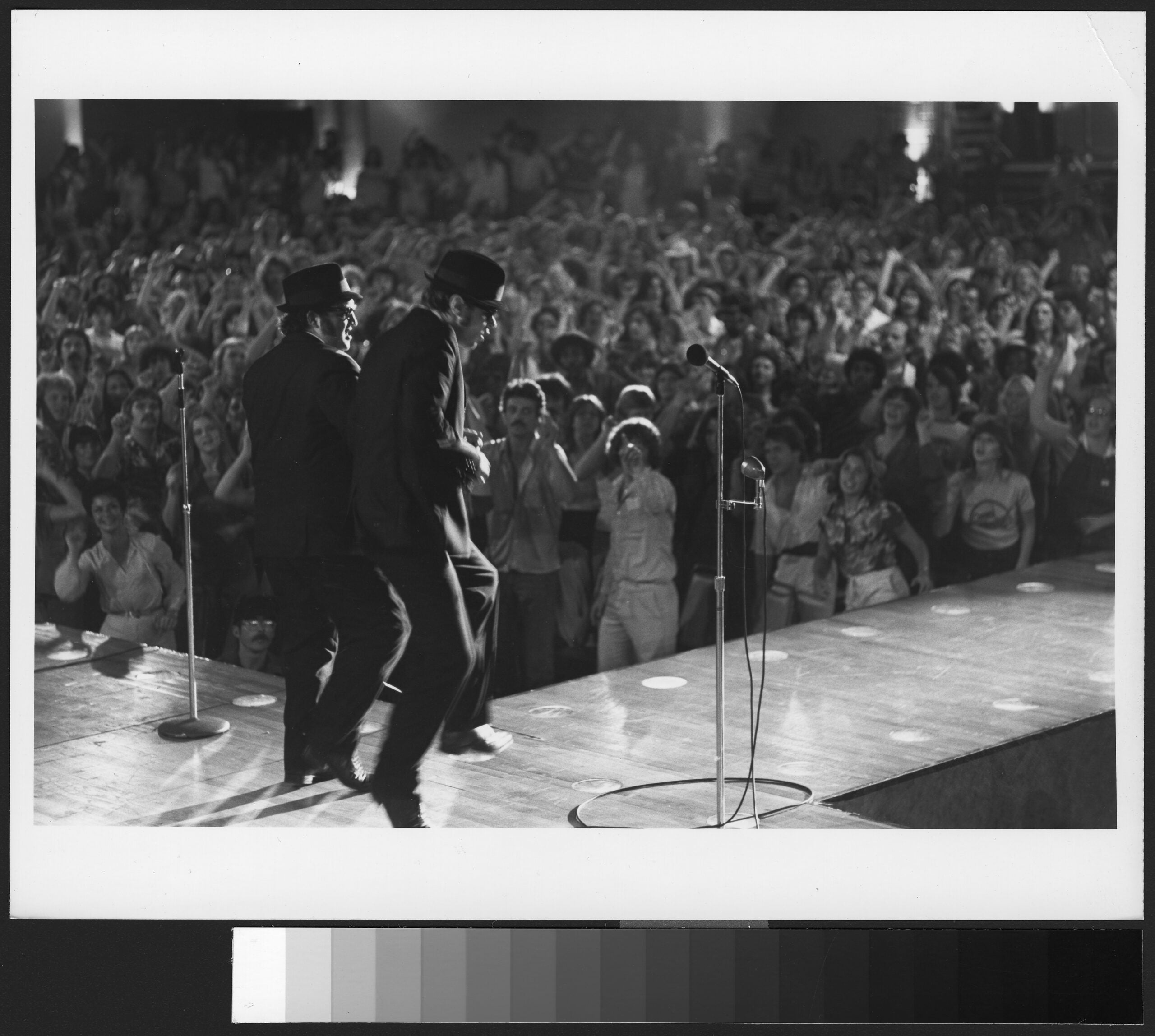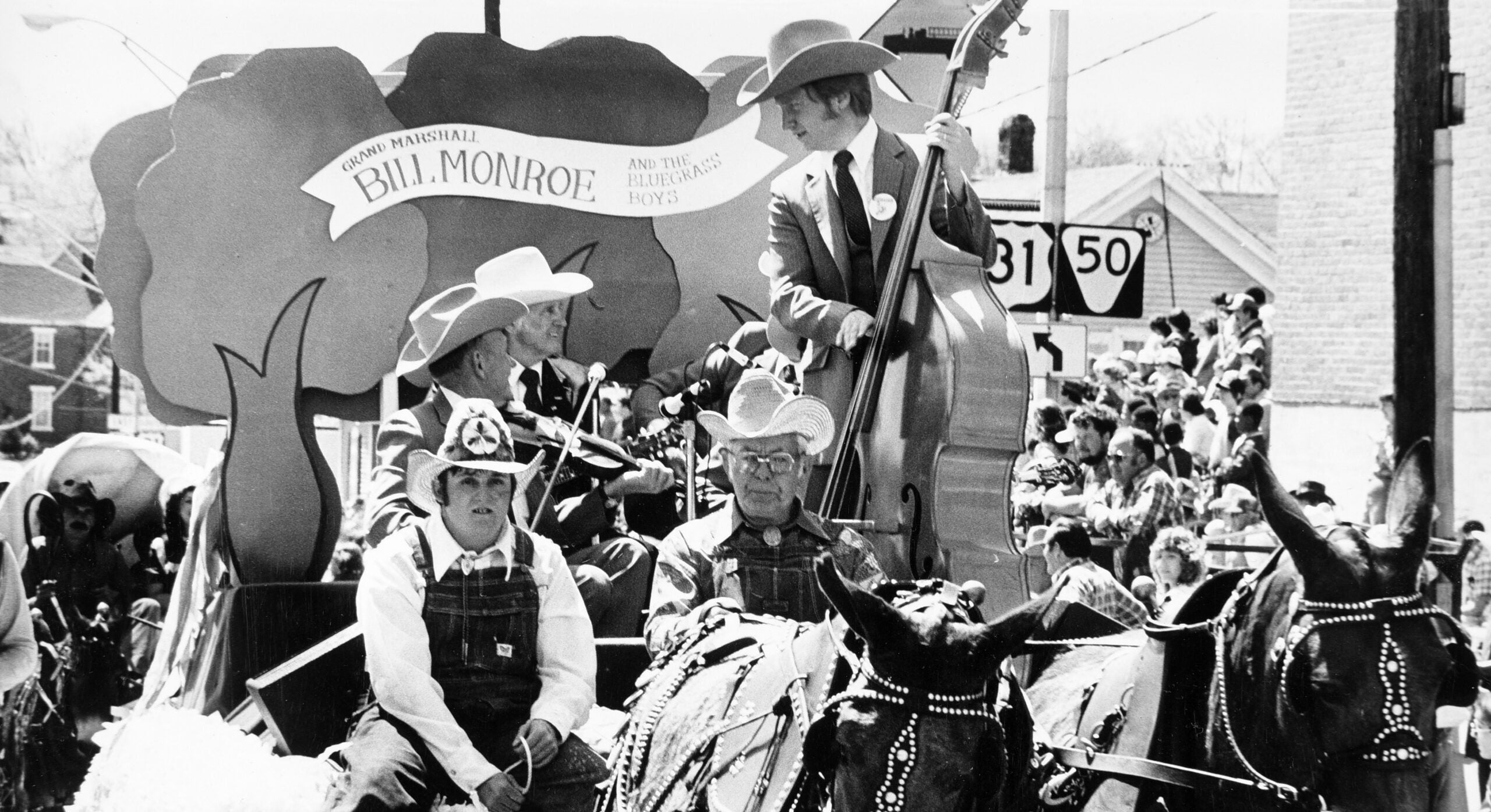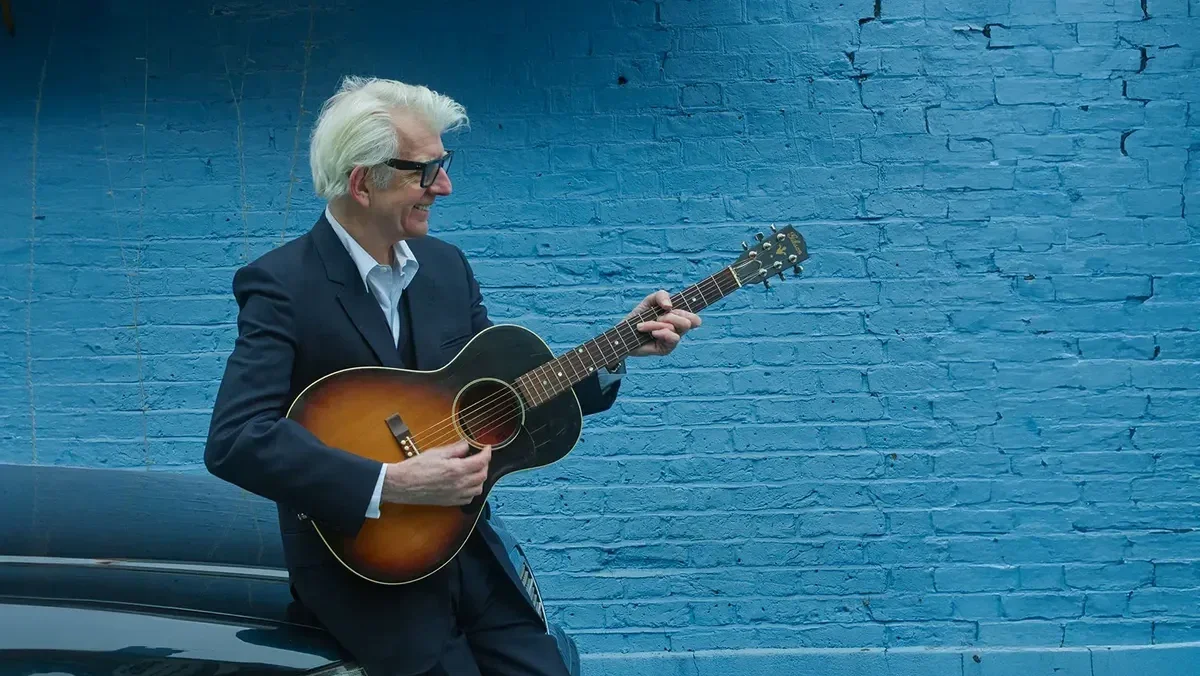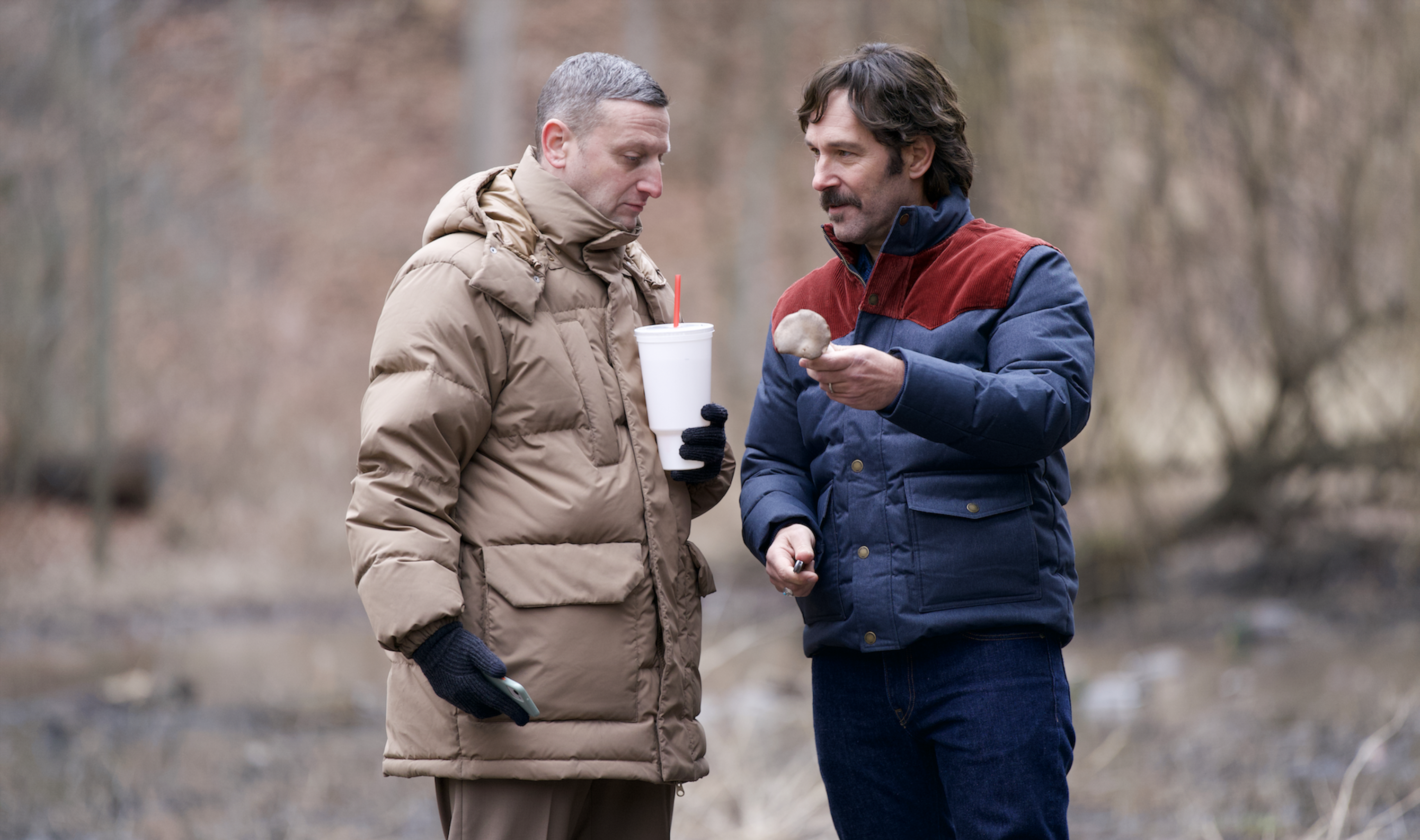Journalist Daniel de Visé has spent some time on a mission to find the story of The Blues Brothers. Amazingly, he did it without a full tank of gas, half a pack of cigarettes or even sunglasses in the dark.
WPR’s “BETA” talked with de Visé about the result of that search: his book, “The Blues Brothers: An Epic Friendship, the Rise of Improv, and the Making of an American Film Classic.”
The following has been edited for brevity and clarity.
News with a little more humanity
WPR’s “Wisconsin Today” newsletter keeps you connected to the state you love without feeling overwhelmed. No paywall. No agenda. No corporate filter.
Doug Gordon: In your book, you write that Dan Aykroyd usually didn’t open up around new people, but he felt at ease with John Belushi. Dan said, “I knew that this was someone who understood me and someone whom I understood.”
Daniel de Visé: They had more in common than they probably realized when they met, because I discovered many fascinating parallels in writing the book.
They both wanted to be musicians, and they both wanted to be in bands. They both had this habit of straying from the script while acting in school and improvising instead of sticking to it, which you’re not supposed to do. But both had the impulse to do it. They both were very funny. They both were brilliant, but in different ways — a little diversion from the factory education model, if you will.
DG: How did John and Dan go from being good friends to creating the Blues Brothers?
DdV: They both auditioned and won parts in the founding cast of SNL. Saturday Night Live debuted as Saturday Night in the autumn of 1975, with Belushi and Aykroyd in the cast, and they became fast friends. They were office mates and constant companions, writing and performing together. They spent lots and lots of time together.
Very early on in Season 1, they worked up a blues combo thing, which exercised this musical impulse both had. By January of 1976, just a few months into SNL, they were on stage, live on television and constantly performing “I’m a King Bee.” That, in a sense, was the gestation of the Blues Brothers.
DG: And Belushi did not like wearing the bee costume, did he?
DdV: He never did. Lorne Michaels had a wicked sense of humor, so the more Belushi and the others pushed back against the repellent bees, the more Lorne Michaels kept using them and making them dress like bees.
There was a standoff where they were all in the bee costumes; I think it was the night Rob Reiner was hosting, and Belushi just went off and said, “I can’t stand being a bee.”
DG: What did Lorne think of the Blues Brothers?
DdV: Not much at first. He thought it was temporary, perhaps a phase. And indeed, the Blues Brothers disappeared after that one performance. Or at least you didn’t see more of them on the show.
Belushi and Aykroyd were very busy. Aykroyd insisted they always remembered these characters but only did a little with them for the next year or two. Then, Belushi went to film “Animal House” in 1977, and they’re in Oregon. He befriends Curtis Salgado, who played in a band with a phenomenal young guitarist, Robert Cray. Salgado turns on Belushi to the blues in a way that he hadn’t been before.
When he returned from the shoot for “Animal House,” he and Aykroyd were huge Blues devotees. Now, both are burning to do the blues. So, by 1978, they tried out the Blues Brothers again. They wanted to be on live TV as the Blues Brothers as the characters Aykroyd sketched out.
Again, Lorne was very dismissive. But he finally said, “Well, if you want to make fools of yourself, we are three minutes short. Be my guests.”
DG: John and Dan were able to get some great musicians to play on the Blues Brothers album, including guests like Steve Cropper from Booker T. the MGS, and Matt Guitar Murphy from the Howlin’ Wolf Band. How important were these musicians to the success of the Blues Brothers?
DdV: I think Belushi wanted to have the best people available. He was a hard-driving guy when he was devoted to something, and I’m sure Aykroyd was thrilled at this and probably pushed just as hard. Now, a lot of the band — which is to say the horns — they already had because Saturday Night Live had a terrific band.
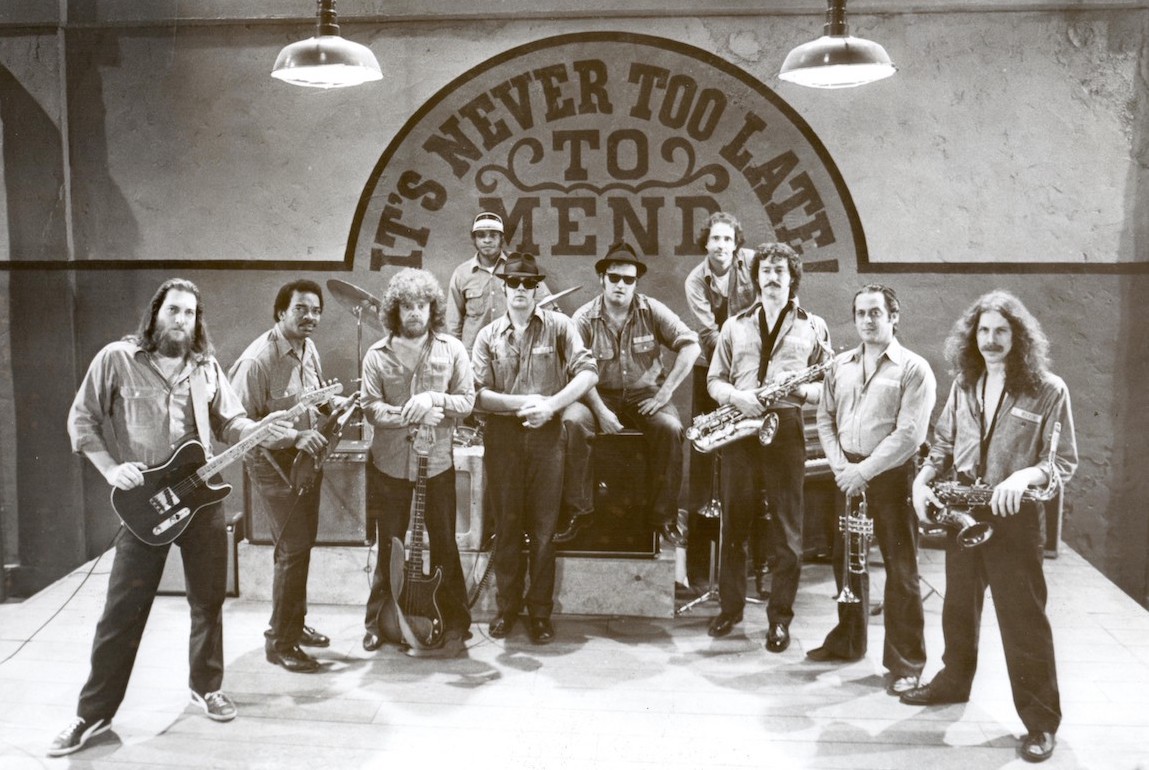
The horn section was essentially the Saturday Night Live band, but the rhythm section — Steve Cropper and Duck Dunn — came from the Stax operation down in Memphis, and they completed the outfit. When you wedded those two contingents, you had this fantastic peerless rhythm and blues ensemble. And yes, it’s essential. That is why they were taken seriously when they went out on tour.
Another interviewer reminded me of the sheer oddity of these two television stars suddenly thinking they were musical performers and wanting to tour the country with a band. But they were taken seriously because they had this incredible band behind them.
DG: Absolutely. Very well said. When did John and Dan decide that they wanted to make a Blues Brothers movie?
DdV: I’m not even sure it was their decision.
The Blues Brothers record was the No. 1 record. Belushi also had the No. 1 comedy movie, “Animal House.” They were the stars of Saturday Night Live, the No. 1 late-night show. So Aykroyd and Belushi were ascending into superstardom.
I think you could argue that there was no question there would be considerable interest in making some film about the Blues Brothers. The question was, which studio would make it? Well, Universal made “Animal House” and wanted to make it. And then what? What on earth is this film going to be about? I think all of Hollywood was abuzz with the idea of there being some breakout film starring the Blues Brothers.
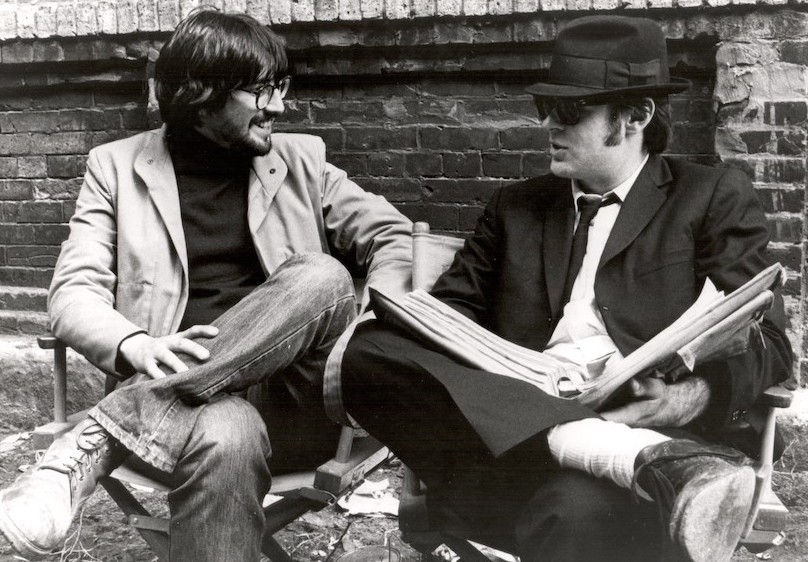
DG: John Landis famously directed Belushi’s breakout movie ‘”Animal House” and worked with Dan Aykroyd on the screenplay. What storyline did they devise?
DdV: Aykroyd, first and foremost, wanted to do something that would amplify the careers of and serve as a showcase for the greats of rhythm and blues. And I’m not sure if he knew exactly who he wanted to be in the film, but it ended up being the greatest — people like Ray Charles, Aretha Franklin, James Brown, etc.
The mission from God was saving money and gathering tax money for an orphanage. But the real mission from God, the real reason for the film, was so that Dan, John and Landis could showcase these great rhythm and blues artists.
The plot was that they had to raise $5,000 in tax money. What Catholic orphanage pays taxes? You tell me. But that was what he thought the plot was going to be.
DG: Some film critics said “The Blues Brothers” movie was fundamentally racist. How so?
DdV: They said it then and would probably say it now. Music writers, especially in the alternative press, accused the Blues Brothers band of cultural appropriation — these white guys going out and singing Black music. How dare they?
In their defense, the Blues Brothers would have said, and more sympathetic critics would say, the Blues Brothers were these super, super famous guys. If they were going to go and tour and be a band, OK.
I’m sure in their minds that Belushi and Aykroyd were promoting this wonderful Black American music. No question, that’s what they were trying to do.
When I saw The Blues Brothers for the first time, probably when I was 12 or 13, I didn’t go out and buy “The Blues Brothers” soundtrack, which features Belushi singing rhythm and blues classics. I bought “The Best of Sam and Dave,” and that’s very much what Aykroyd and Belushi would have wanted, too.
DG: Very well said. Unfortunately, John Belushi died from combined drug intoxication on March 5, 1982. He was only 33. What happened to the Blues Brothers concept after John died?
DdV: The concept pretty much died with him. The Blues Brothers endure to this day, and other competent people have stepped in to fill those shoes: Belushi’s brother, Jim Belushi, John Goodman and others.
DG: It’s been 44 years since the original Blues Brothers movie was released. How do you think it holds up?
DdV: It’s aged beautifully. Those showcase musical scenes with Aretha Franklin, James Brown, Cab Calloway and the rest have aged gorgeously. For each of those respective artists, they’re as good an artifact as you’re going to find of filmed performances. Granted, it’s staged, but they’re beautiful performances. Even at the time, the critics who eviscerated the film allowed that those musical numbers weren’t so bad.
